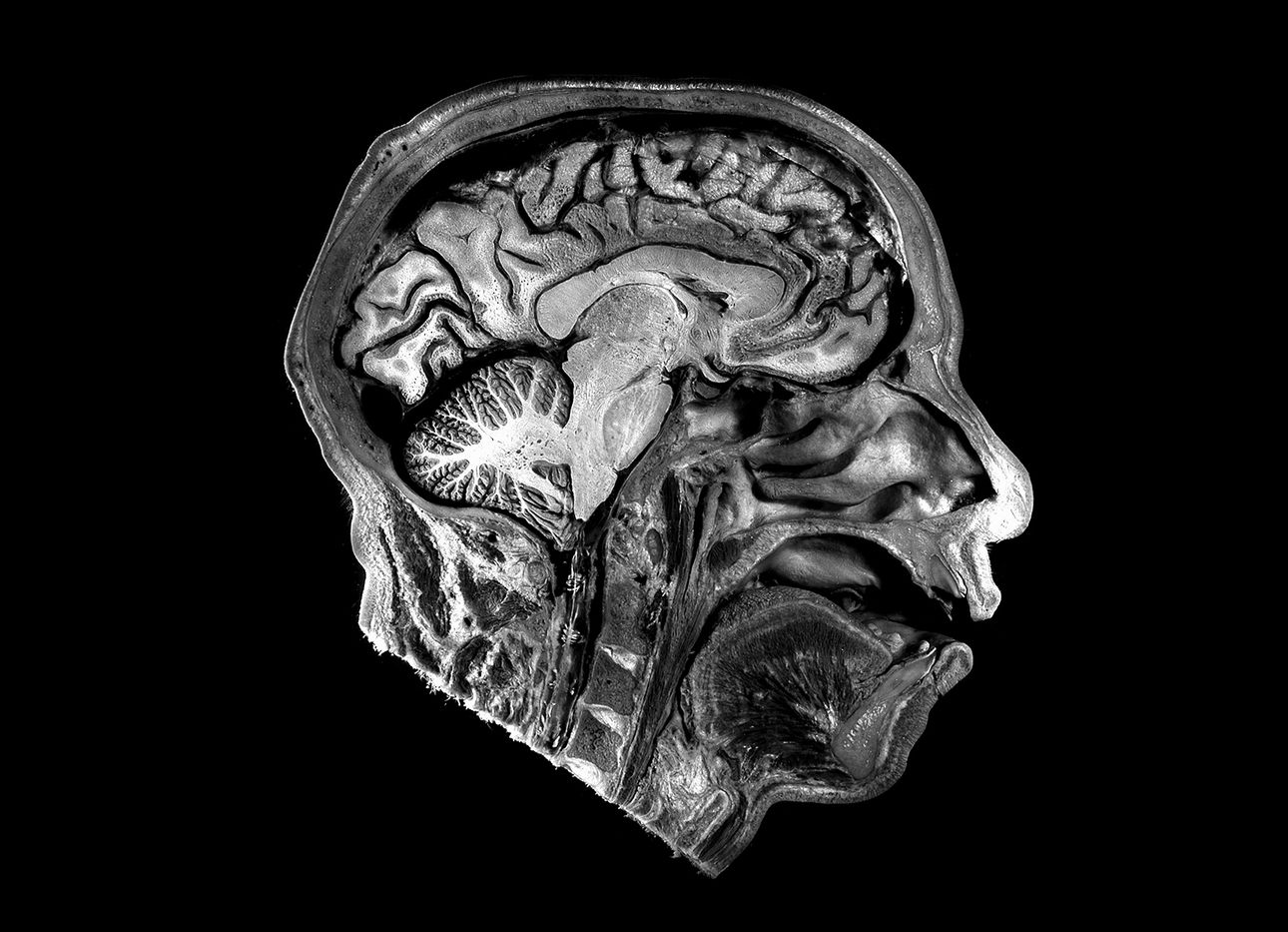
A New Study Unpacks How the Brain Encodes Information About Odors
Smell is a highly individualized sense: The same odor or olfactory stimulus can trigger common, though not identical, reactions from person to person. A recent study published in the science journal Nature suggests that our diverse experiences with scent have to do with how they are encoded in the brain. “All of us share a common frame of reference with smells,” Sandeep Robert Datta, an associate professor of neurobiology at Harvard Medical School and a senior author of the paper, told The Harvard Gazette. “You and I both think lemon and lime smell similar and agree that they smell different from pizza, but until now, we didn’t know how the brain organizes that kind of information.”
A large part of that opacity stems from the difficult task of creating quantitative sample sets for odor molecules, which is much more complex than, for example, controlling variables of light to study visual perception. That’s slowly changing with new technologies. For the study, neurobiologists at Harvard used machine learning to analyze thousands of chemical structures known to have odors, detailing features such as molecular weight, electrochemical properties, and number of atoms for each one. With this data, they have begun to compare the chemical makeup of different odors to one another—as well as how a given odor correlates to neural activity in the piriform cortex and olfactory bulb, which are responsible for encoding smells. “This is the first demonstration of how the olfactory cortex encodes information about the very thing that it’s responsible for,” Datta said, “which is odor chemistry, the fundamental sensory cues of olfaction.”